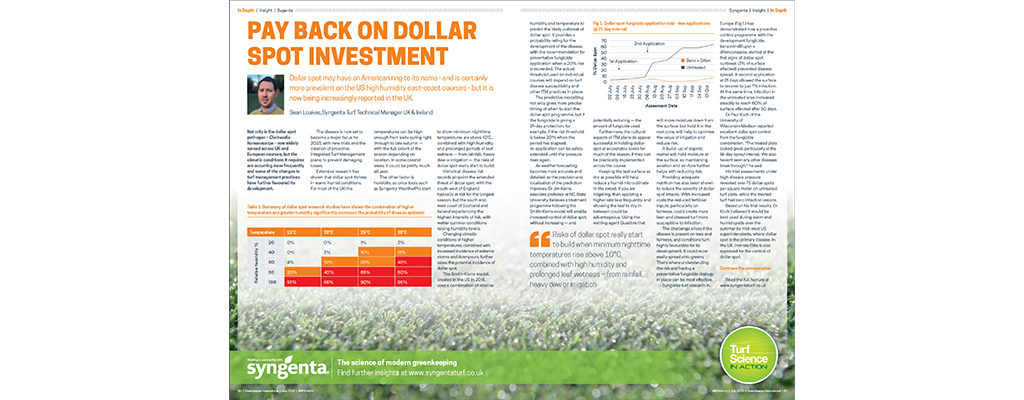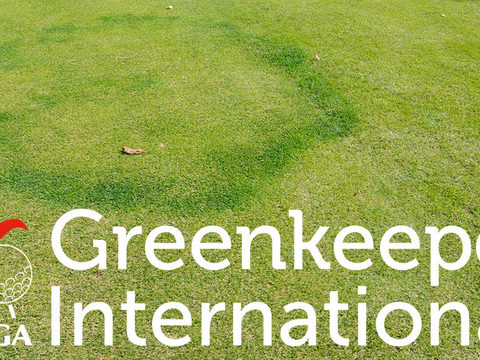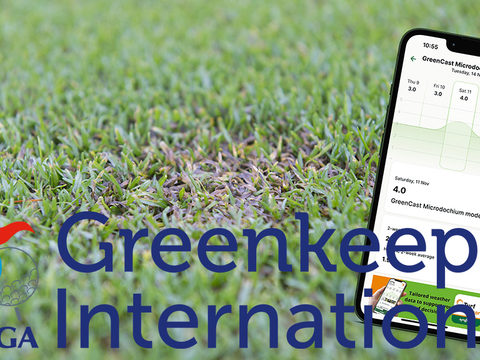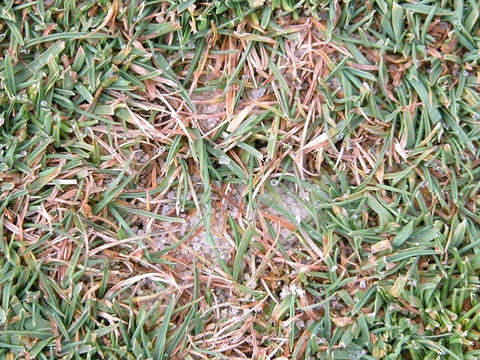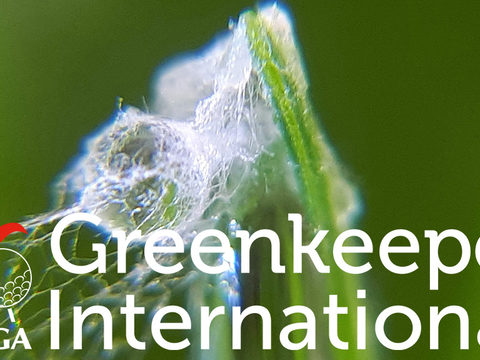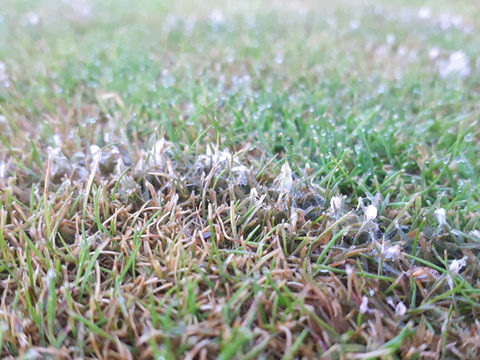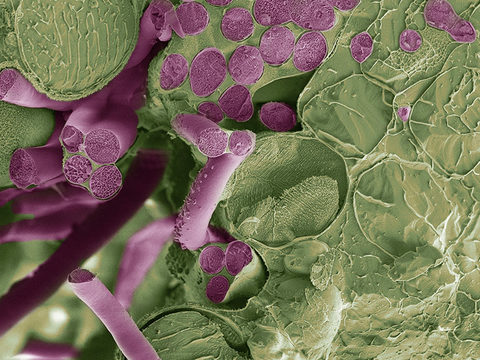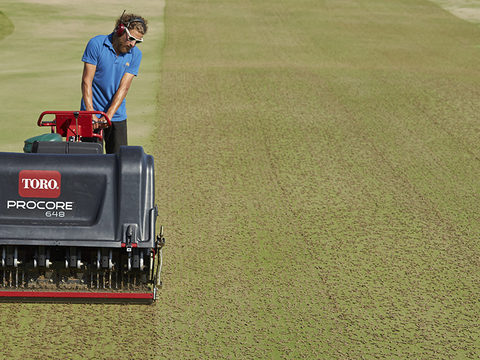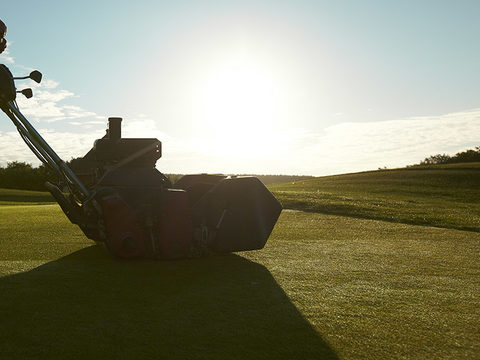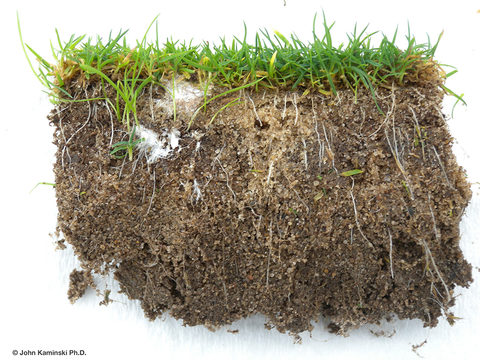Pay back on dollar spot investment shows returns
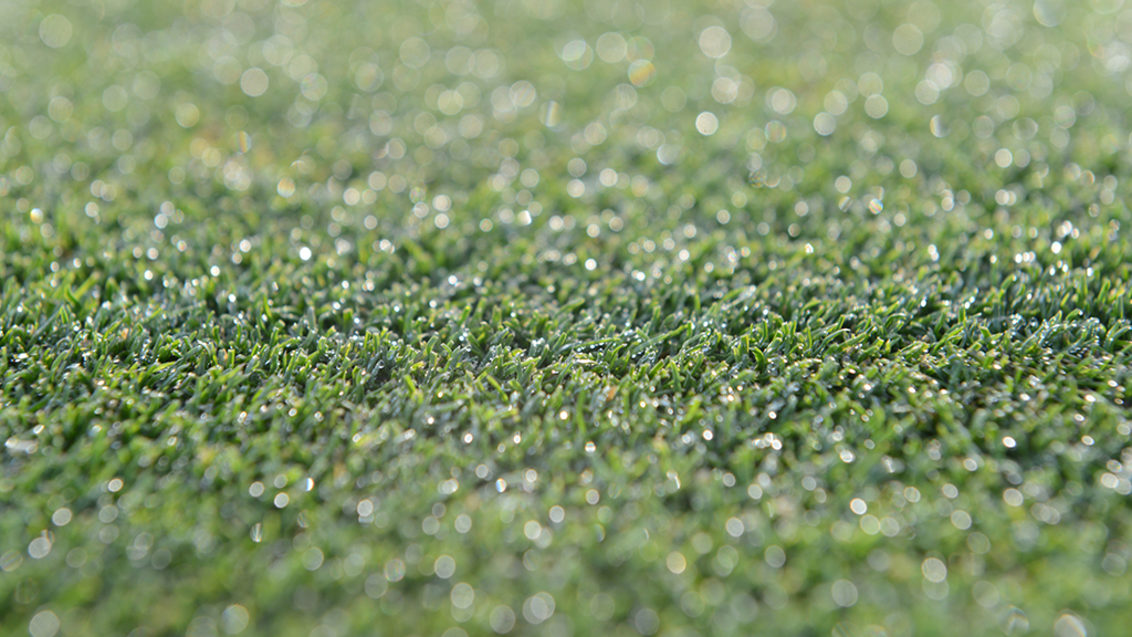
Dollar spot may have an American ring to its name - and is certainly more prevalent on the US high humidity east-coast courses - but it is now being increasingly reported in the UK.
Not only is the dollar spot pathogen - Clarireedia homoeocarpa - now widely spread across UK and European courses, but the climatic conditions it requires are occurring more frequently and some of the changes in turf management practices have further favoured its development.
The disease is now set to become a major focus for 2023, with new trials and the creation of proactive Integrated Turf Management plans, to prevent damaging losses.
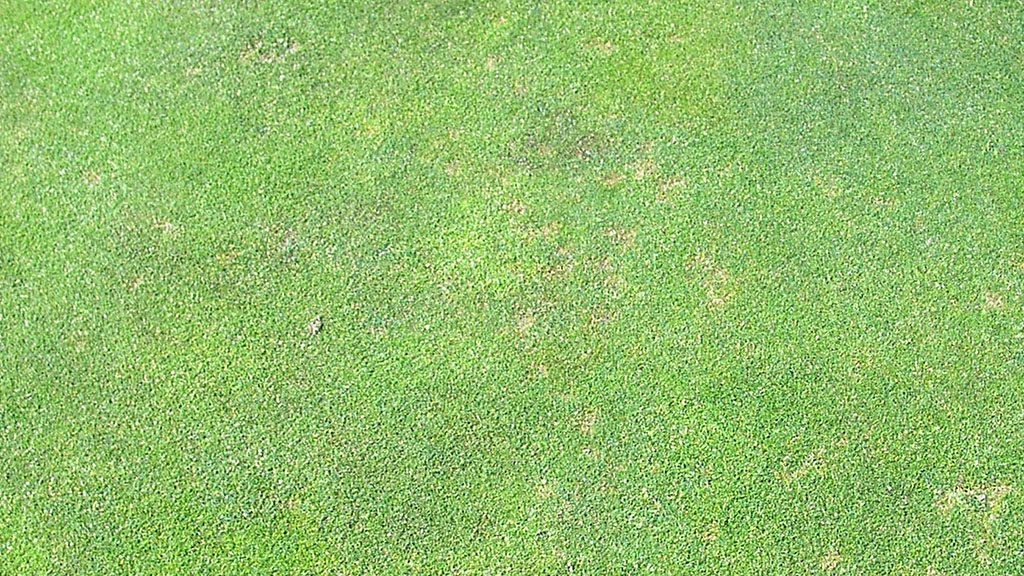
Extensive research has shown that dollar spot thrives in warm, humid conditions.
For most of the UK the temperatures can be high enough from early spring right through to late autumn – with the full extent of the season depending on location. In some coastal areas, it could be pretty much all year.
The other factor is humidity, so once tools such as Syngenta WeatherPro start to show minimum nighttime temperatures are above 10⁰C, combined with high humidity and prolonged periods of leaf wetness – from rainfall, heavy dew or irrigation – the risks of dollar spot really start to build.
Historical disease risk records pinpoint the extended threat of dollar spot, with the south west of England typically at risk for the longest season, but the south and west coast of Scotland and Ireland experiencing the highest intensity of risk, with wetter summer conditions raising humidity levels.
Changing climatic conditions of higher temperatures, combined with increased incidence of extreme storms and downpours, further raises the potential incidence of dollar spot.
The Smith-Kerns model, created in the US in 2018, uses a combination of relative humidity and temperature to predict the likely outbreak of dollar spot. It provides a probability rating for the development of the disease, with the recommendation for preventative fungicide application when a 20% risk is exceeded. The actual threshold used on individual courses will depend on turf disease susceptibility and other ITM practices in place.
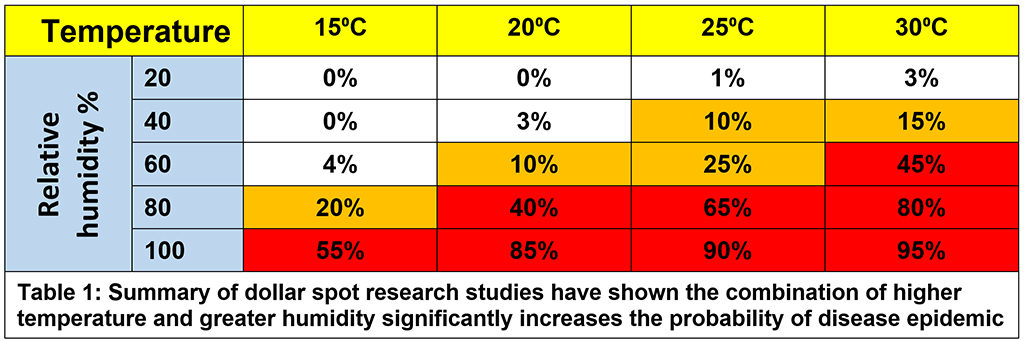
The predictive modelling not only gives more precise timing of when to start the dollar spot programme, but if the fungicide is giving a 21-day protection, for example, if the risk threshold is below 20% when the period has elapsed, re-application can be safely extended until the pressure rises again.
Further refinement of the model enables tailoring to different treatment programmes. As weather forecasting becomes more accurate and detailed, so the precision and localisation of the prediction improves.
Dr Jim Kerns, associate professor at NC State University, believes a treatment programme following the Smith-Kerns model will enable increased control of dollar spot, without increasing - and potentially reducing - the amount of fungicide used.
Furthermore, the cultural aspects of ITM plans do appear successful in holding dollar spot at acceptable levels for much of the season, if they can be practically implemented across the course.
Keeping the leaf surface as dry as possible will help reduce a humid microclimate in the sward. If you are irrigating, then applying a higher rate less frequently and allowing the leaf to dry in between could be advantageous. Using the wetting agent Qualibra that will move moisture down from the surface, but hold it in the root zone, will help to optimise the value of irrigation and reduce risk.
A build-up of organic matter will hold moisture at the surface, so maintaining aeration and air-flow further helps with reducing risk.
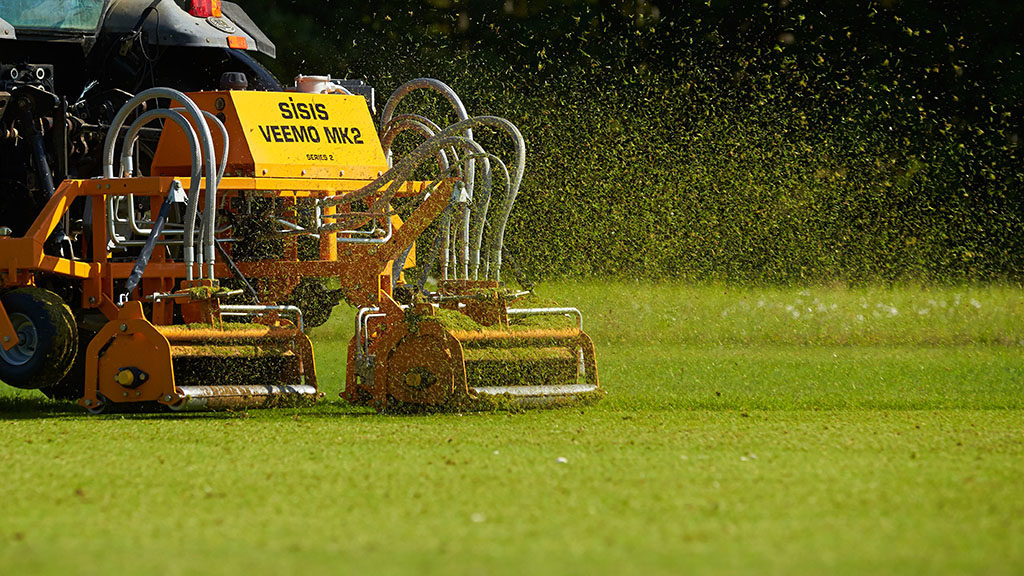
In the longer term, there is good evidence of significant differences in susceptibility to dollar spot between grass species and specific varieties. Fescue swards have been considered the most susceptible, but bent grass, poa and increasingly ryegrass have all been seen to be heavily infected. Where the disease is becoming more problematic, overseeding with more resistant varieties may further help lower the frequency and intensity of outbreaks.
Providing adequate nutrition has also been shown to reduce the severity of dollar spot attacks. With increased costs the reduced fertiliser inputs, particularly on fairways, could create more lean and stressed turf more susceptible to infection.
The challenge arises if the disease is present on tees and fairways, and conditions turn highly favourable for its development, it could more easily spread onto greens. That’s where understanding the risk and having a preventative fungicide strategy in place can be most effective.
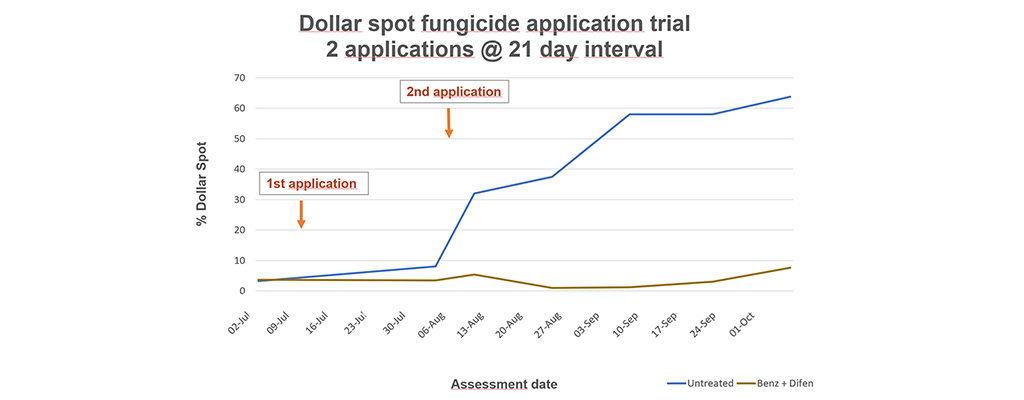
Syngenta turf research in Europe (Fig 1.) has demonstrated how a proactive control programme with the development fungicide, benzovindiflupyr + difenconazole, started at the first signs of dollar spot outbreak (3% of surface affected) prevented disease spread. A second application at 21 days allowed the surface to recover to just 1% infection. At the same time, infection in the untreated area increased steadily to reach 60% of surface affected after 50 days.
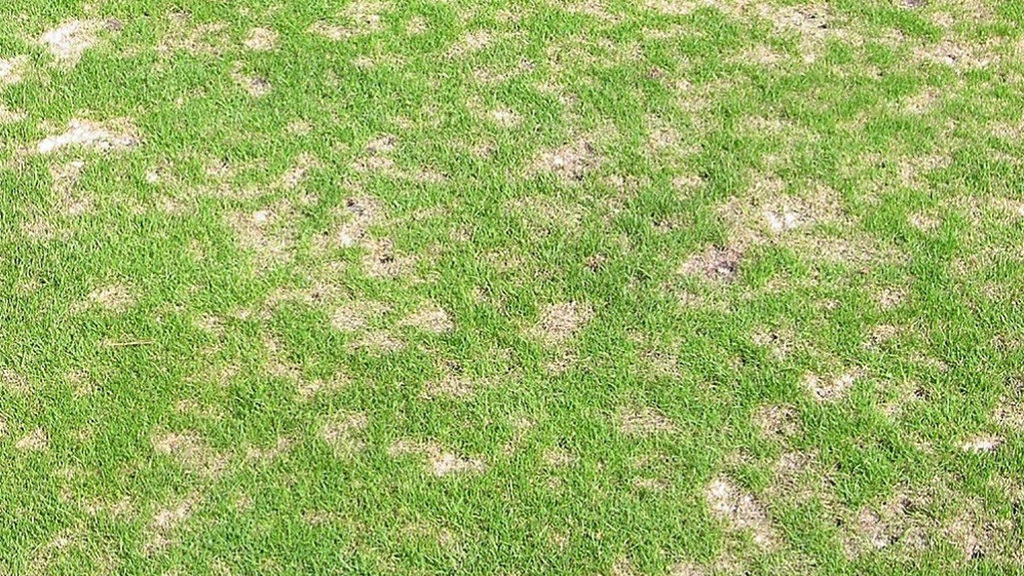
Dr Paul Koch of the University of Wisconsin-Madison reported excellent dollar spot control from the fungicide combination. “The treated plots looked great, particularly at the 14-day (spray) interval. We also haven’t seen any other diseases break through,” he said.
His trial assessments under high disease pressure revealed over 75 dollar spots per square meter on untreated turf plots, while the treated turf had zero infection lesions.
Based on his trial results, Dr Koch believed it would be best used during warm and humid spells over the summer by mid-west US superintendents, where dollar spot is the primary disease. The fungicide active combination is only available for greenkeepers in Ireland, in the product Ascernity. In the UK, Instrata Elite is also approved for the control of dollar spot.
Click here or on the image below to download a copy of the Greenkeeper International Insight feature



